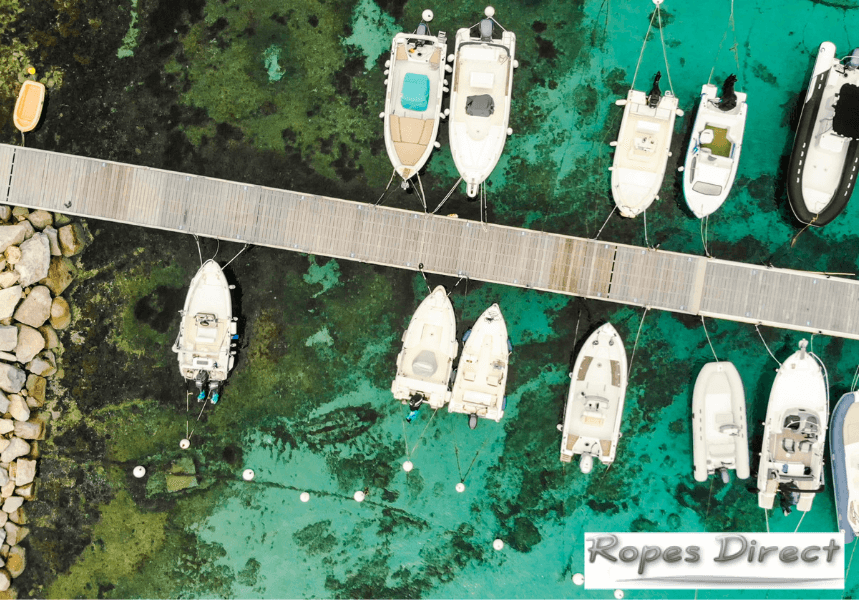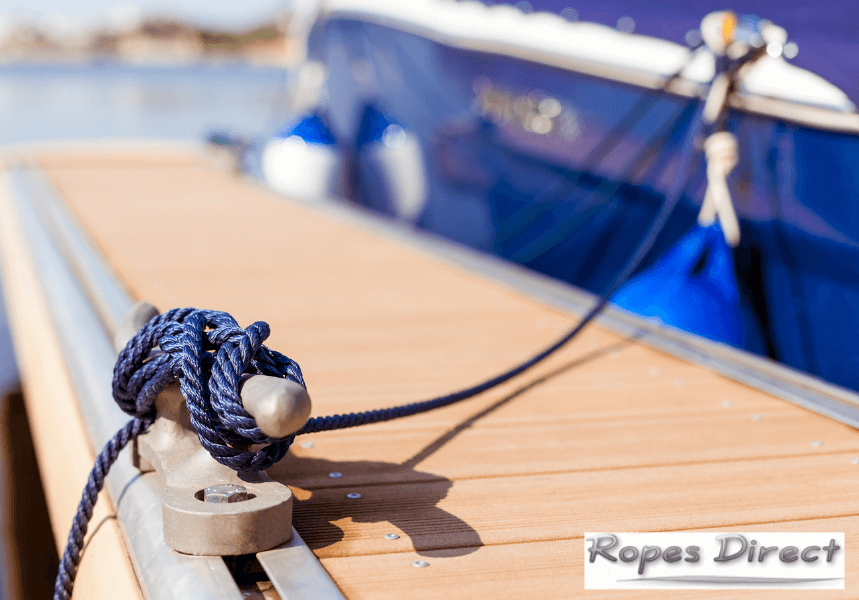Going on a summer sailing holiday? Perhaps around the Greek islands or to some far-away archipelago? Lucky you! No doubt it will be an unforgettable experience.
But, before you set out on your grand voyage, be sure to do your research and learn how to moor the boat correctly – one of the most challenging aspects of sailing. Even for an experienced captain, it can be tricky and it’s important to select the correct mooring ropes for the job.
Here we offer a step-by-step guide to help you get to grips with the basics.
-
Invest in suitable mooring ropes
This is crucial. To master the art of mooring, you must invest in high-quality and durable mooring ropes – and, here at Ropes Direct, we have just the thing. We typically recommend our Kingfisher ready-spliced docklines for this purpose. These come in a range of thicknesses (12mm-16mm) and colours and demonstrate excellent resistance to UV rays, abrasion and chemicals.
Our 3-strand polyester ropes and 3-strand multifilament polypropylene yacht ropes are also great options. These can both be spliced to order and, once again, are durable enough for use at sea.
-
Choose a mooring spot carefully
During peak ‘holiday’ season, you’re likely to find that small harbours will be packed with boats and yachts, of all different shapes and sizes. This can be intimidating if you’re new to sailing. So, to begin with, why not skip the most popular destinations? A better option may be to choose quieter, less crowded spots – just until you gain more confidence in your mooring abilities.
It’s also a good idea to avoid locks and bridges and, before you pull into a spot, always double-check the area for hidden dangers – such as tree stumps and rocks that could damage the hull.

-
Prepare the ‘crew’
Mooring a boat is a team effort. Everyone on-board should play a part and, before you start to manoeuvre, they need to know exactly what their job will be. One person must be prepared to step ashore and quickly fasten the mooring lines to a ring, tree or post. This is a pivotal step in the process and it’s important to choose someone who feels comfortable with taking on the role.
-
Approach the mooring slowly
Slow and steady is the key. You need to give yourself plenty of time to make adjustments – so, reduce the speed of the boat and try not to rush. You should also approach against the tide (even if this means driving past and turning around) and keep the bow into the wind or current.
When you’re about 2-3 metres away, put the boat into reverse and bring it to a standstill. Your nominated crew member can then step off the vessel and secure it in place with mooring ropes.
-
Tie a suitable knot
Several different knots can be used to tie your boat safely to the mooring. One of the most popular options is the ‘Fisherman’s’ knot. However, the ‘Two Half Hitch’ and ‘Clove Hitch’ are great alternatives – both of which are easy-to-do and ideal for tying mooring lines to a tree or post. Further information on this can be found in our helpful ‘Know your Knots’ infographic.

Prepare for your sailing trip today
If you’re fortunate enough to be setting sail this summer, make sure you’re prepared and invest in the right equipment – before you embark on the journey!
Ropes Direct is a UK-leading supplier of ropes that are perfect for use as mooring lines. So why not take a look today? If you have any questions about the available products, or if you’re unsure which is the right one for you, please feel free to get in touch. Our knowledgeable team can point you in the right direction and offer advice on what works well (and what doesn’t!) as an effective mooring rope. Just give us a call on 01692 671721 or send an email to info@ropesdirect.co.uk.

